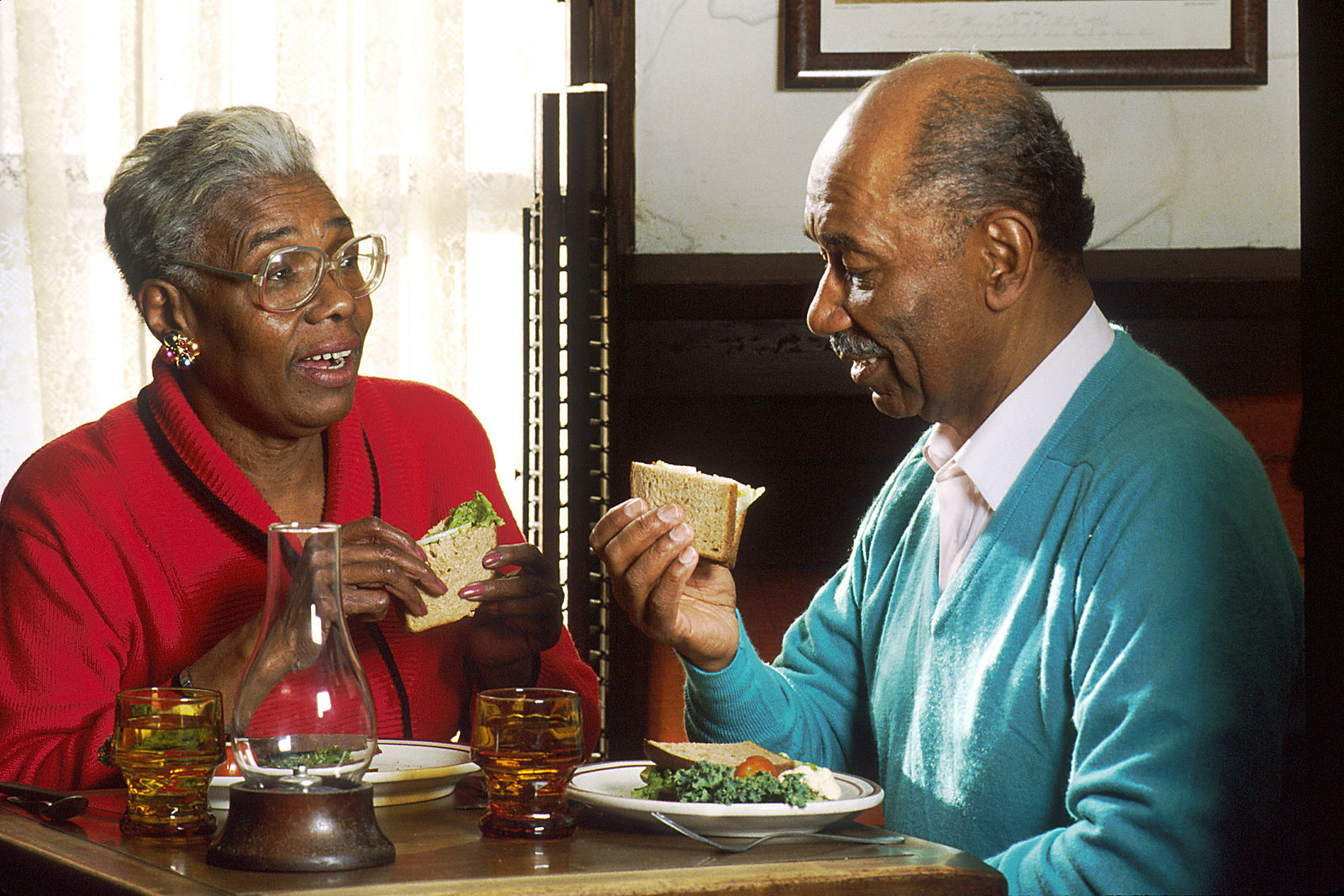The elderly population is probably at greater risk for chronic pain than their younger peers. The wear and tear on knees, hips and other joints over the years is one big source of this problem, combined with the likelihood of other health issues such as diabetes, restless leg syndrome, Parkinson's disease, cancer, stroke, etc. Those with dementia may also suffer from pain--but their ability to effectively communicate this to caregivers is often diminished.
Due to the fact that multiple problems often coexist in this population, pain management can be problematic. It's certainly not a good idea to ignore their pain; that would be inhumane and could lead to a whole host of new problems including anxiety, depression, and insomnia. But often times medication options are more limited due to an individual's prescription regimen for their current comorbidities. Fear not! There are still ways to manage this issue.
Less severe pain can be managed using ice packs and/or heat applications. If it's possible for the individual to exercise, it may be of help even if only short walks or stretching are options. Physical therapy can be of help in some situations. Activities that distract the individual from their discomforts--conversation, crafts, movies, card games--are all good options. It's also beneficial to take measures that ensure that these persons have access to nutritious meals and whatever assistive devices they might need to make their lives easier--canes, walkers, shower chairs, pillows, cushions and the like. Those who experience more severe pain should be under the care of a pain management specialist.

Comments
Post a Comment